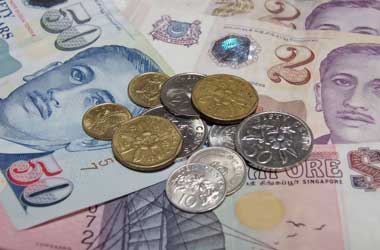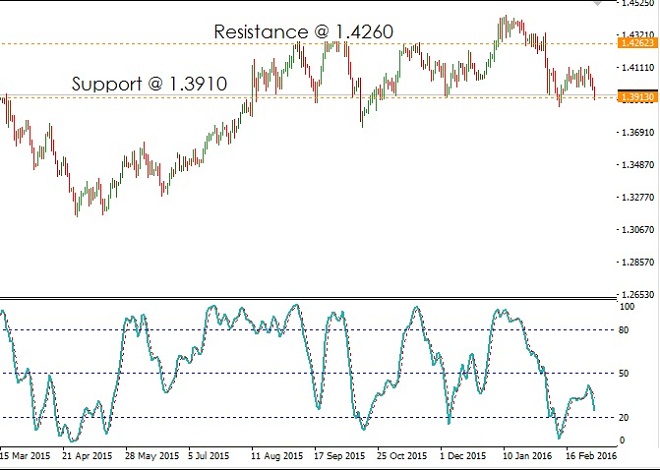Singapore Dollar Remains Bearish On Deflationary Pressure
 Singapore has the third highest GDP per capita in the world and is arguably the most developed country in Asia. The country is a leading beneficiary of foreign direct investment and heavily dependent on the export of refined oil and electronic goods. The Singapore dollar hit a five year low of S$1.40 against the US dollar in August 2015 and continues to trade around that level.
Singapore has the third highest GDP per capita in the world and is arguably the most developed country in Asia. The country is a leading beneficiary of foreign direct investment and heavily dependent on the export of refined oil and electronic goods. The Singapore dollar hit a five year low of S$1.40 against the US dollar in August 2015 and continues to trade around that level.
Many traders wonder the reason for the decline of the Singapore dollar against the US dollar as Singapore has carved a name for itself in the list of most business friendly economies. Service revenue contributes to 72% of Singapore’s GDP, while the manufacturing sector makes up for the remaining 28%.
The Singapore economy expanded 1.8% in the fourth-quarter of fiscal 2015, compared to the fourth-quarter of fiscal 2014. Still, it was below the analysts’ estimate of 2%. The service revenue grew 2.8% against an expectation of 3.2%, while the manufacturing revenue shrank 6.7% against a consensus estimate of 6% decline.
For the fiscal 2015, the GDP increased by 2%, compared to an increase of 3.3% in the fiscal 2014. The economy is forecasted to expand between 1% and 3% in the fiscal 2016.
PwC Singapore
As per the data provided by the Singapore’s Ministry of manpower, the unemployment rate for the fiscal 2015 was 1.9% and remained more or less unchanged for the past four years.
The consumer prices in Singapore fell 0.6% in January, compared to prior year similar period. This is the 15th consecutive month of decline in the consumer prices. For the fiscal 2016, the Monetary Authority of Singapore (MAS) and the Ministry of Trade and Industry (MTI) anticipates the inflation to remain in the range of -1% to 0%.
According to the data provided by the Monetary Authority of Singapore, the foreign exchange reserves decreased to S$348.9 billion in January 2016, from S$350.99 billion in December 2015.
The Singapore dollar has a direct correlation with the Chinese Yuan. Thus, devaluation of Yuan in the past year has put considerably downward pressure on the exchange rate of the Singapore dollar. The decline of the Chinese Yuan, following the economic slowdown, continues to weaken the Singapore dollar.
Possibility of a Fed hike later this year keeps the US dollar stronger against the Singapore dollar. A rate hike would make the US dollar more attractive to investors. This would accelerate the capital outflow from Singapore, thereby leading to further decline in the exchange rate of Singapore dollar.
Most of the analysts expect the USDSGD to resume its uptrend and hit 1.4500 in this quarter. By the end of fiscal 2016, the USDSGD is anticipated to trade at 1.5100.
Technically, as shown in the image below, the currency pair remains range bound between 1.3910 and 1.4260. The stochastic main line has crossed above the 20-level, thereby indicating that the uptrend is about to begin.

Thus, a forex trader can take long position in the USDSGD pair with stop loss below 1.3810. The target for the trade is 1.4250. The risk to reward ratio is 1:3. A binary options trader can purchase a call option contract with expiry in the first week of April. The suggested strike price for the call option is 1.4000.
